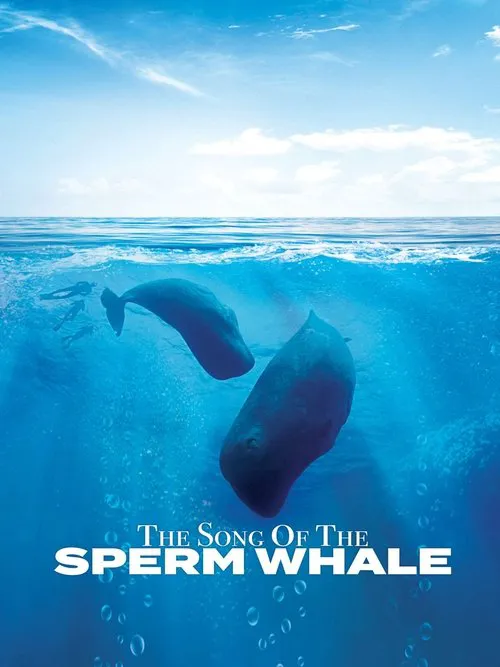Song of the Sperm Whale

Plot
Song of the Sperm Whale is a documentary film that delves into the lives of a family of sperm whales in the Indian Ocean. Filmed over a period of 7 years, the documentary offers an unparalleled glimpse into the behavior, social dynamics, and communication patterns of these intelligent and majestic creatures. The film begins by introducing the audience to the world of sperm whales, showcasing their impressive size, ranging from 40 to 60 feet in length, and their powerful bodies, capable of diving to depths of up to 3,000 feet in search of food. As the narrative progresses, we are introduced to a matriarchal family of sperm whales, comprising of multiple generations living together in a tight-knit social unit. The camera crew, consisting of a team of scientists and marine biologists, has been studying this family of sperm whales for an extended period, allowing them to capture the most intimate moments of their lives. We witness the family's feeding behaviors, where the adult males dive to great depths to catch giant squid and other deep-sea delicacies. The documentary also reveals the incredible social bonds within the family, as they communicate with each other through a complex system of clicks, chirps, and whistles. One of the most striking aspects of the film is the focus on the matriarchal figure, known as Hyacinth, who appears to be the leader of the family. Her guidance and wisdom are essential to the family's survival, and we witness her making crucial decisions that determine the course of their lives. Her leadership also provides insights into the social structure of sperm whales, highlighting their cooperative nature and communal living arrangements. Throughout the documentary, we are treated to breathtaking footage of the sperm whales in their natural habitat, showcasing their incredible agility and speed as they navigate the ocean. The camera crew captures stunning shots of the whales breaching the water's surface, displaying their unique ability to arch their backs and reveal their massive dorsal fin. We are also provided with intimate moments of the family interacting, including the curious and playful behavior of the younger whales. One of the most significant discoveries made by the researchers is the complexity of sperm whale communication. Through years of observation, they have deciphered the language of the whales, revealing a sophisticated system of clicks and whistle patterns that they use to convey information about food, social status, and even social bonding. This breakthrough in understanding the whales' language has implications for conservation efforts and highlights the importance of preserving the delicate balance of the ocean's ecosystem. The film also explores the fascinating world of sperm whale songs, which are thought to be a form of communication and possibly even a form of language. Scientists have detected a range of sounds within the whales' songs, from low-frequency rumbles to high-pitched whistles, each serving a specific purpose. This unique aspect of sperm whale behavior has sparked debate among researchers, with some arguing that the songs are used for social bonding, while others believe they may be a form of navigation. As we delve deeper into the world of sperm whales, the film raises critical questions about the impact of human activities on these magnificent creatures. The documentary highlights the devastating effects of pollution, overfishing, and climate change on the whales' habitats and food sources. We witness the decline of the whales' favorite prey, giant squid, which is being hunted at unsustainable levels. We also see the devastating impact of plastic pollution, as the whales mistake plastic bags and other debris for food, leading to blockages and suffocation. Ultimately, the film presents a compelling case for greater conservation efforts, emphasizing the importance of protecting the oceans and the creatures that inhabit them. By lifting the veil on the lives of sperm whales, the documentary inspires a sense of awe, wonder, and responsibility, reminding us of the interconnectedness of life on our planet.
Reviews
Recommendations




